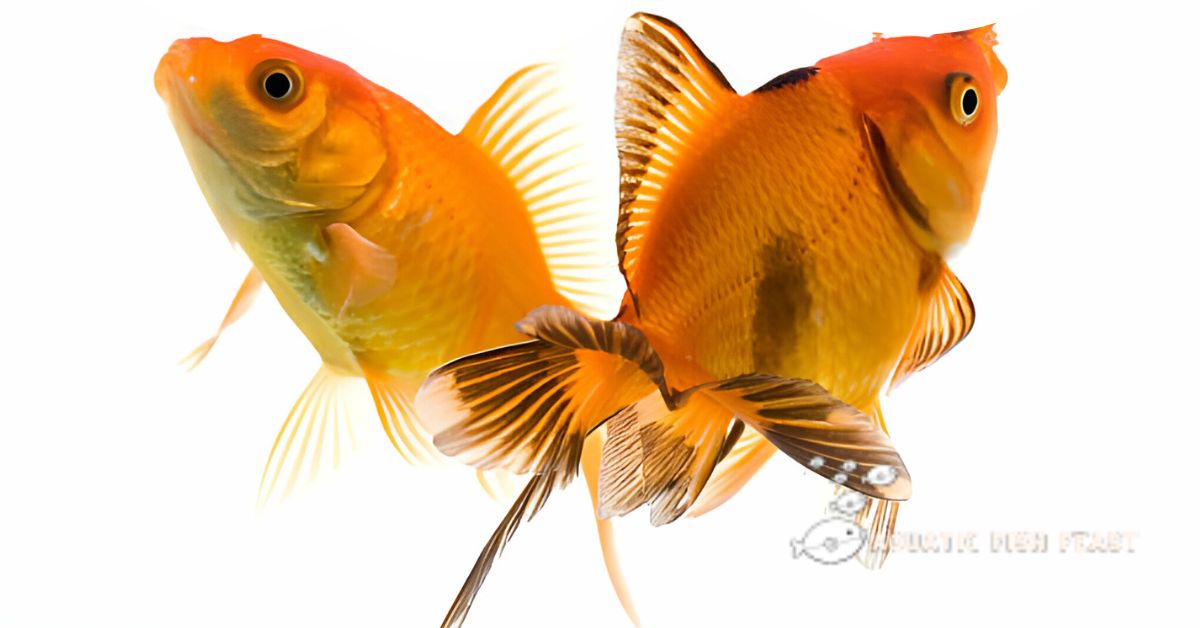Do you want to know how often fish mate? Yes, I want to know how often fish mate. Alright. This is a broad issue to which we cannot provide a detailed response because each fish species is unique;
nonetheless, male and female fish mate within their groups at various times of the day.
In general, the smaller the fish, the sooner they will start breeding. Small fish have a limited lifespan, which contributes to this.
Because an early delivery without reproductive organs would not signify a death in the fish, reproductive organs in fish usually grow the slowest throughout livebearer gestation. But that’s not all; as you continue, I’ll detail how frequently fish mate.
Now, let’s get started.
Table of Contents
How Often Do Fish Mate And Reproduce
The reproductive cycle exhibits significant variation among different animals.
Certain species of fish exhibit different reproductive patterns. For instance, species such as Clownfish, Guppies, Mollies, Swordtails, and Platys engage in several reproductive events yearly.
On the other hand, certain fish species reproduce exclusively during specific seasons. Additionally, some species, like the Pacific Salmon, undergo a single reproductive event before perishing upon the discharge of their sperm or eggs.
If one is embarking on the journey of fishkeeping, it is advisable to start with breeding livebearers. They are generally more readily breedable than animals that produce eggs.
Species such as Guppies and Platies have a relatively low need for external assistance or specialized environmental conditions, making them suitable for novice breeders.
After proficiently handling live-bearing fish, individuals such as Barbs and Danios may progress to cultivating more resilient egg-laying fish species.
Breeding live-bearing fish offers several advantages over egg-laying species. One notable advantage is that live-bearing parents have a higher propensity for successful mating, requiring less intervention.
Additionally, after the fry are born, they display relatively lower dependency on parental care.
How Do You Know If Fish Mate
Brighter species, such as Oscar fish, have a more elaborate mating ritual whereby the female likes to be chased around the tank.
If the female Oscar plays hard to get, the suitor will become more physical with rubbing behavior that may look like fighting when it isn’t.
Oscar couples always get along even when they’re not mating, so if you spot aggressive behavior and chasing, you’ll know they’re mating.
Keeping more than one male Oscar in a tank isn’t recommended because they’ll likely fight for the attention of females every mating season. Silver dollars are even more energetic when chasing females, but you won’t see biting.
Do Fish Mate Before Laying Eggs
The female fish is responsible for laying eggs, which the male fertilizes. The majority of females can produce many eggs during a single spawning event; this is referred to as “fecundity.”
The size of the fish has a significant impact on its ability to reproduce successfully. For instance, the Silver Arowana may only lay between 50 and 250 eggs during a single season, but the enormous Ocean Sunfish may release as many as 300 million eggs!
There are primarily two methods that are used to fertilize the soil:
1. The sperm of the male is transferred to the eggs directly by the male.
2. The male releases sperm into the water, which travels to the zooplankton layer to meet the eggs and begin fertilization.
How Do Fish Find A Mate
Numerous fish species tend to inhabit a particular geographical region for their lifespan, simplifying locating a suitable spouse and determining the optimal mating location.
Nevertheless, several species engage in distinctive travels and migrations as part of their mating process.
Adult salmon typically inhabit marine environments, although they engage in the reproductive process by migrating to shallow, oxygenated streams at a considerable distance from the coastal areas.
These remarkable aquatic creatures exhibit a remarkable behavior of homing to the exact stream of their birth, undertaking arduous journeys upstream, surmounting waterfalls, and evading potential threats such as predatory bears, all with the sole purpose of engaging in reproductive activities before succumbing to mortality.
The term “semelparous” refers to fish species, such as salmon, that engage in a reproductive strategy where they mate just once during their lifetime.
Freshwater eels also engage in migratory behavior before reproduction; however, their approach exhibits distinct characteristics.
These intriguing organisms have a life cycle wherein they inhabit freshwater habitats throughout their adult stage, then undertake extensive migrations spanning hundreds of kilometers to deposit their eggs in marine environments.
Fish that engage in group spawning need knowledge regarding the specific location and timing at which they should assemble to successfully engage in reproductive activities. These fish frequently gather in consistent locations, regularly exhibiting a preference for specific tide and moon phases.
Relationships: External fertilization is characterized by a lack of personal interaction. In certain instances, there are occurrences where sizable aggregations of fish congregate and proceed to discharge their gametes, namely eggs and sperm, into the surrounding aquatic environment.
There is limited opportunity for selectivity; these fish exhibit prolific breeding behavior.
Do Fish Have A Mating Season
The simple answer is no. However, most fish prefer breeding when the water is warm and the weather is sunny—usually around springtime.
You don’t need to place your aquarium tank beside a window to trigger breeding. Instead, you can perform water changes, increase your tank’s temperature slightly, and leave the tank lights on longer. You should also provide your fish with food that’s high in protein.
Once you create a warm environment in your tank, your fish may be stimulated to begin breeding. Also, remember to note every fish species has a unique way of laying their eggs.
You must also set up your aquarium with plant types, surfaces, and foods that best encourage your fish to breed.
What Are The Mating Strategies Of Fish
There is a diverse range of mating strategies on display under the surface:
1. Promiscuity in fish is the primary mating system where both sexes breed with multiple partners. Mate choice is minimal or absent, and spawning occurs with multiple partners, either simultaneously or sequentially.
2. Polygamy involves one sex having multiple partners during breeding while the other sex has only one partner. It increases the chance of passing on advantageous genes through mate competition.
3. Polygyny is a common form of polygamy in which a male has multiple female partners during the breeding season. Polygyny is apparent when a large male protects several females with which he, alone, can mate.
4. Polyandry is a less common form of polygamy where a female has multiple male partners during the breeding season. This has been observed in anemonefish and possibly deep-sea anglerfish, where males become physically attached to the female and share their circulatory system in what appears to be a parasitic relationship. While anemonefish are typically monogamous, polyandry has been documented in some instances.
5. Monogamy refers to a mating system where partners form exclusive pair bonds, lasting for a single breeding season, several years, or even a lifetime.
Some fish species, such as American freshwater catfish, certain cichlids, and various butterflyfish, including the Four-Eyed Butterflyfish, exhibit rare lifelong monogamy.
6. Hermaphrodites are when a fish simultaneously produces egg and sperm and thus does not need a partner. Although this strategy is possible and has been observed, it is considered rare; a lack of genetic diversity within breeding means that hermaphroditic reproduction is not considered favorable for species continuation.
What Is The More Unusual Ways Fish Mate
The following ways below are the most usual for fish mating:
Unisex Fish:
Some species of fish reproduce by themselves. They are female fish, and so are the young they offer birth to.
Whether or not this could be called ‘mating,’ it’s the way to breed.
The females could mate with males. However, the sperm isn’t used for reproduction.
Hermaphrodites:
Hermaphrodites have both male and female breeding organs. Generally, fish are born one sex, and at a later age, they will convert to the opposite gender.
A female changed to a male is named a protogynous hermaphrodite. When a male switches to females, he is termed a protandrous hermaphrodite. Each of these reproducers needs an opposite-sex fish to breed.
Final Thought
Now that we have established how often fish mate, understanding exactly how your fish mate is essential to getting them to spawn.
And as you’ve seen, the process has so much variety that it’s worth trying with your aquarium fish! From scatterers to caregivers, freshwater and marine spawning habits are fascinating and worth learning.




